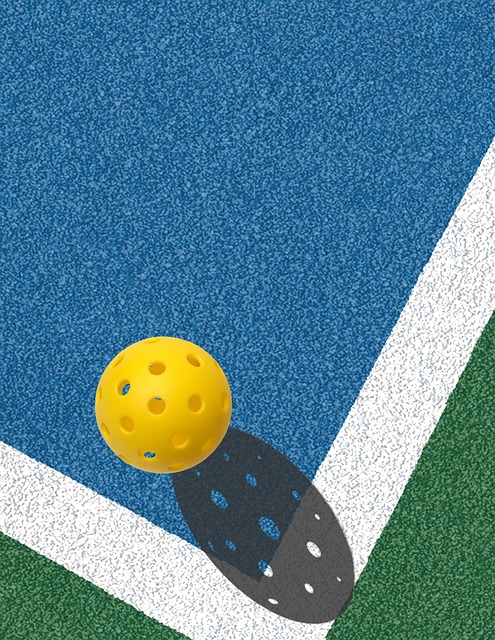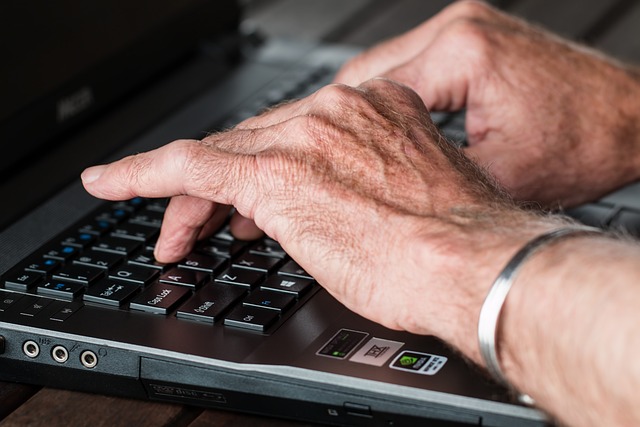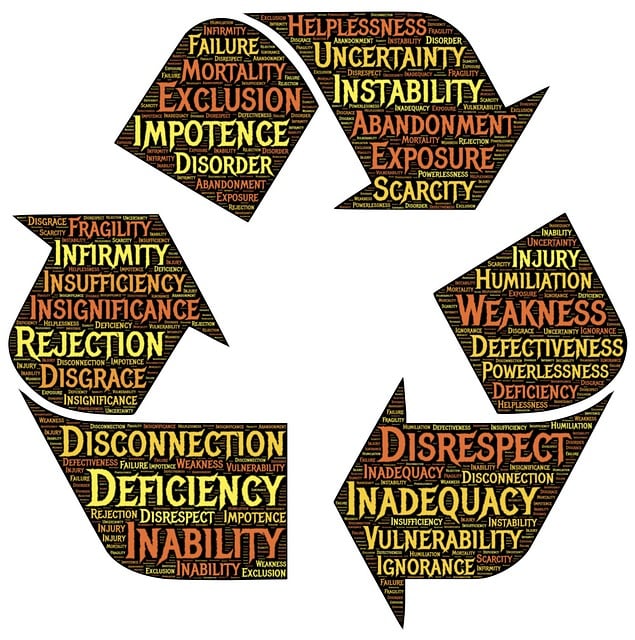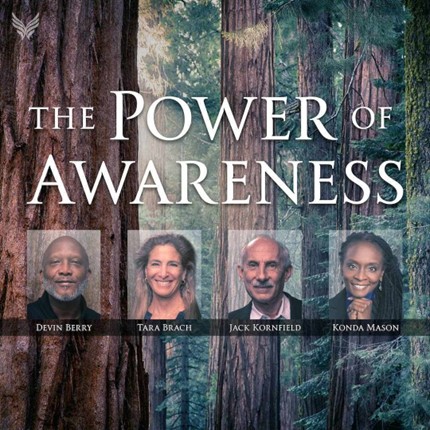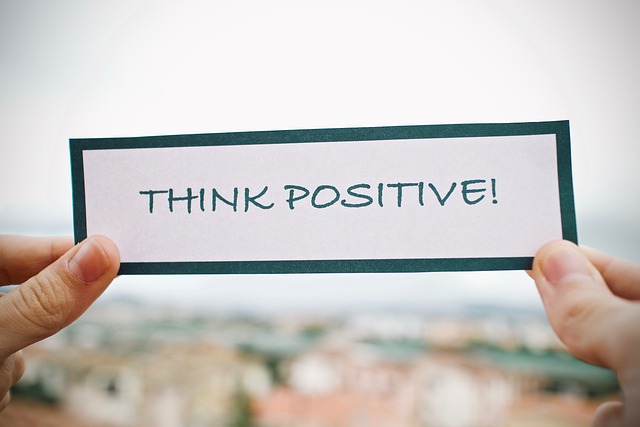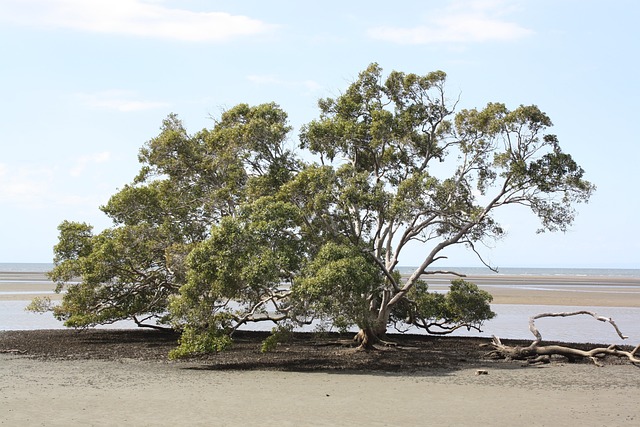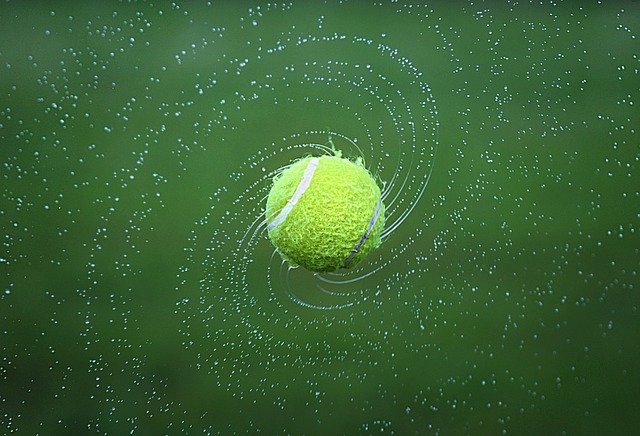I never thought I would be writing a post that elevates pickleball to a similar level as tennis. As a “tennis tragic” I thought that pickleball was not the “real thing” as it is played on a court the same size as badminton and is promoted as a mix of this sport together with table tennis and tennis. It clearly hasn’t the depth of traditions of tennis and the great battles of the Grand Slams and Davis Cup matches. My disparagement of pickleball was shared by many in my tennis fraternity.
Necessity is the stimulus for innovation and a mind shift
I found as winter progressed again in Brisbane that the arthritis in the middle finger of my playing hand had worsened to the point that I had difficulty holding my tennis racquet and playing tennis caused a lot of pain. Added to this, was the ever-present threat of exercise asthma caused by exertion in the cold air (I take a couple of puffs of my inhaler before playing to prevent an asthma attack occurring).
The arthritis in my finger makes it difficult to execute my tennis shots with any consistency to the point that the attraction of experiencing competence in the game of tennis is diminished considerably and is replaced by frustration at not being able to execute what I have been able to do previously without difficulty. The arthritic condition of my finger is aggravated by “allergic arthritis” brought on by my MCAS chronic illness.
I have not been able to use my first serve in tennis for a number of years as it puts too much pressure on my weakened back. A recent diagnosis of multilevel disc degeneration in my spine has made this even more critical.
Ageing and pickleball
As I age, I lose speed in my reflexes, stamina in my body, strength in my arms and legs and overall fitness. While I use walking, stretch exercises and Tai Chi to offset these diminishing physical capabilities, there is an inevitability about the downward trend owing to wear and tear over many years.
The experts in ageing tell us that we can prevent the onset of dementia by physical and mental activity, especially by learning new skills that involve a cognitive component. For tennis players, pickleball requires a new language (paddle instead of racquet, dink instead of a drop shot) as well as new rules. New rules to learn for pickleball doubles include:
- You have to be serving to earn a point
- With the exception of the first serve of a game, once one server (Server 1) loses a point, their partner (Server 2) starts serving until they lose a point (then serving reverts to the opposing team)
- For the first serve of the first game, the first server is treated as Server 2 and once they lose a point, the serve immediately reverts to the opposing team (this can be difficult to get your head around!)
- You are not allowed to volley in the “Kitchen” (an area seven feet from the net which exists on both sides of the net).
- You have to serve underarm
- Double bounce rule – the server must let the return bounce before hitting the ball (unlike tennis where you can volley a service return).
While there are competitions and international tournaments dedicated to young pickleball players, there are distinct advantages of pickleball for older people. These advantages include:
- It is not as physically demanding as tennis
- There is a strong social element to the game (if you do not play competition)
- There are protocols for frequent rest breaks/drink breaks
- The rotation system enables at least an eleven-minute break (the length of a game) when your time off the court arrives
- You can take advantage of your competencies in other racquet sports acquired over the years
- The Kitchen rules re volleying “keeps the athletically and physically superior from dominating the game”
- It helps to maintain fitness and the motivation to keep fit
- The underarm service action places a lot less pressure on your back in comparison to the overhead motion of a tennis serve. (This has proved important for me as a recent diagnosis of neuropathy led to the discovery of multilevel disc degeneration in my spine.)
- Provides a chance to meet new people and extend your social network
- It can be played at various levels ranging from social to Advanced (competitive and tournament play); “social” means social. As one Pickleball trainer/coordinator explained – in social pickleball you are meant to play to the level of the opposition (e.g. withholding more advanced shots when playing beginners) – an ethos rarely shared in social tennis.
Using pre-existing skills and competencies
One of the attractions for me in pickleball (being a new arena for me) is the opportunity to try out different shots each time I play. Unlike a tennis racquet, the pickleball paddle does not have strings and the ball comes off the paddle differently to a tennis racquet. While you may have competencies in spinning, volleying, lobbying and smashing from playing tennis, you have to make adjustments when using a pickleball paddle with a plastic ball.
The bounce of the ball is very different and requires a lot of knee bending. However, the challenges associated with a new “bat” and ball make it necessary to make adjustments to playing shots and to learn new skills.
Existing tennis skills such as anticipation and preparation can stand you in good stead when playing pickleball. You can also draw on different spins you have mastered such as topspin, backspin and slice. For those who have mastered the two-handed backhand in tennis, there are pickleball bats with an extended grip to enable two-handed shots.
Competency in devising game strategy is transferable from tennis to pickleball. For example, tennis drills designed to develop skills in controlling the net in tennis doubles can be drawn on when playing pickleball. This could involve drop shops (dinks), or playing the ball long, sliced or angled to place an opponent at a disadvantage. Other tennis drills associated with playing the ball down the line can come in handy in pickleball as very few people use (or able to use) this strategy in social pickleball.
Reflection
In a previous post I explained how tennis can help us to grow in mindfulness by developing our focus on the present moment, improving our capacity to pay attention, increasing our ability to act with intention and strengthening our resolve to “accept what is” (both our mental and physical capabilities at the time and those of our playing partner and opponents). Likewise, pickleball can provide growth in mindfulness as a rich fringe benefit, especially when we play socially and choose, on purpose, to play at the level of our opponents.
I have also shared how I have found that Tai Chi, as a regular mindfulness practice, can develop tennis competence by improving concentration, coordination, reflexes and the ability to tap into heightened insight and instinctive responses embodied in body memory. I’m discovering that this is true also of pickleball as I unconsciously access tennis skills developed over many years of tennis practice and playing.
In reflecting previously on my tennis game and skill, I wrote a poem called, For the Love of Tennis. Reflecting on my discussion of pickleball, I have now developed an Ode to Pickleball titled, For the love of Pickleball.
For the Love of Pickleball
Pickleball can be playful and fun:
Accessing our childlike creativity,
Building partner relationships.
It can promote growth:
Learning a new language, rules and skills,
Growing in mindfulness and sensitivity.
It can develop competence:
Using new tools in different ways,
Experiencing joy in execution.
It can enhance fitness:
Using new muscles,
Increasing motivation to stay fit.
Pickleball for quality of life and longevity:
Learning, laughing and enriching,
Moving beyond limited mindsets.
_________________________________________
By Ron Passfield- Copyright (Creative Commons license, Attribution-Non-Commercial -No Derivatives.
Disclosure: If you purchase a product through this site, I may earn a commission which will help to pay for the site, the associated Meetup group and the resources to support the blog.
